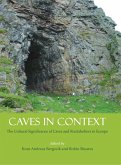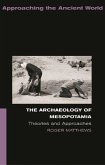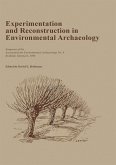The city of Carchemish in the valley of the Euphrates river can be regarded as one of the iconic sites in the Middle East, a mound complex known both for its own intrinsic qualities as the seat of later Hittite power and Neo-Hittite kings, but also because its history of excavations included well known historical figures such as Leonard Woolley and T. E. Lawrence. However, because of its location within the military zone of the Turkish-Syrian border the site itself has been inaccessible to archaeologists for more than 90 years. Carchemish in Context summarises the results of regional investigations conducted within the Land of Carchemish Project in Syria, as well as other archaeological surveys in the region, in order to provide a regional, historical and archaeological context for the development of the city. A synthesis of the history of Carchemish is presented and a regional overview of the Land of Carchemish as it is defined by archaeological features and key historical references through to the early Iron Age. Insightful snapshots of the dynamics of an ancient state are revealed which can now be seen to have fluctuated dramatically in size throughout 700-800 years, in part depending upon the power of the king of Carchemish or the aggressions of external powers.The results from the Project provide an overview of the main trends of settlement in the region over 8000 years, using a combination of survey databases to both north and south of the Syrian-Turkish border and with a focus on the earlier phases of settlement from the Neolithic until the end of the Bronze Age when Carchemish became an outpost of the Hittite empire. The Iron Age is a period blessed by numerous historical records some of which can be traced in the modern landscape. Further chapters explore site-specific aspects of the regional archaeology, including a series of important sites on the Sajur river, some of which were positioned along the main campaign routes of the Assyrian kings. The close relationship between the nearby Early Bronze Age site of Tell Jerablus Tahtani and Carchemish are examined and the results from the 40 ha Carchemish Outer Town survey described, providing important new data sources regarding the layout, defenses and dates of occupation of this significant part of the city. The Classical, Roman, Byzantine and Early Islamic occupations are also discussed in relation to what is known of occupation in the surrounding region.
Dieser Download kann aus rechtlichen Gründen nur mit Rechnungsadresse in A, B, BG, CY, CZ, D, DK, EW, E, FIN, F, GR, HR, H, IRL, I, LT, L, LR, M, NL, PL, P, R, S, SLO, SK ausgeliefert werden.









